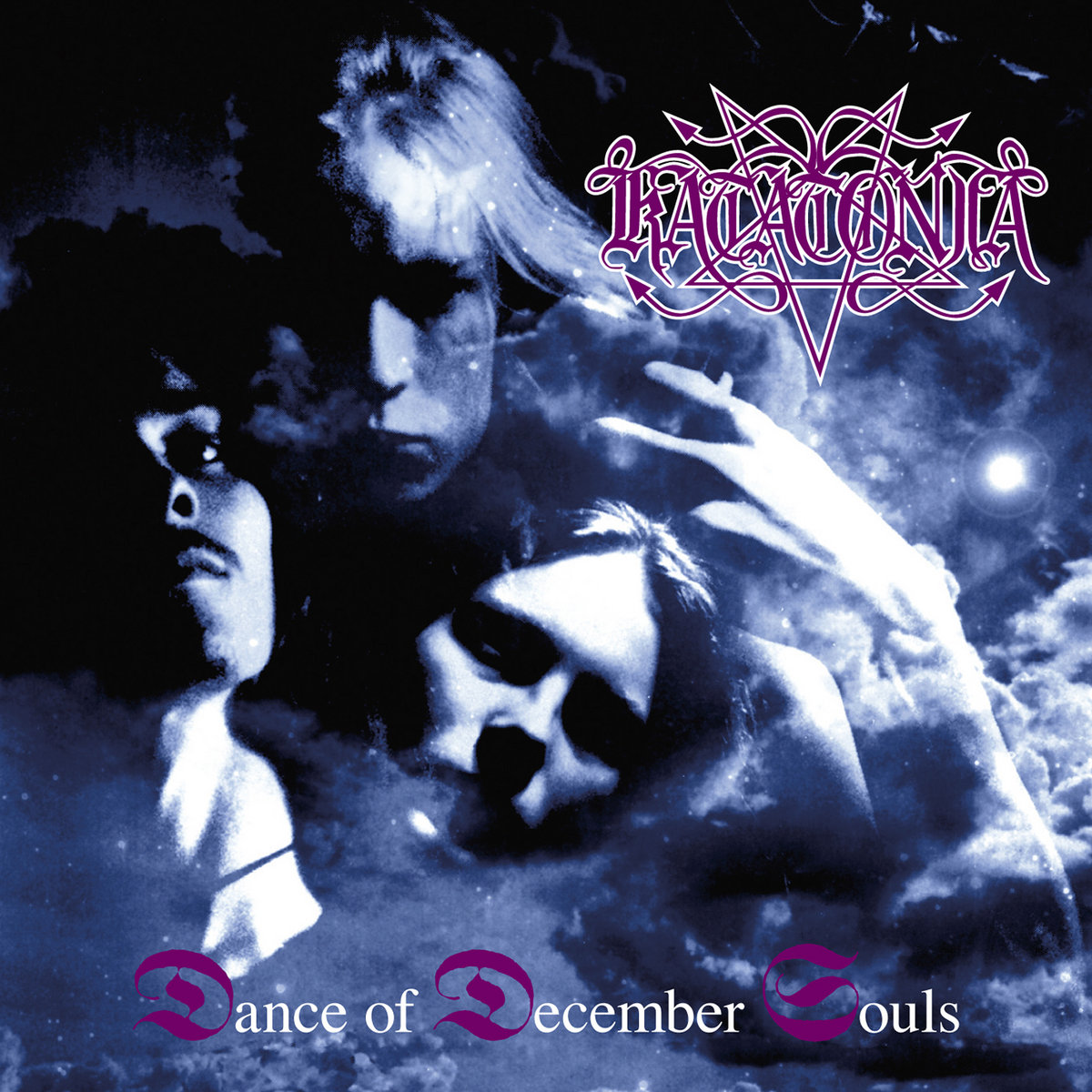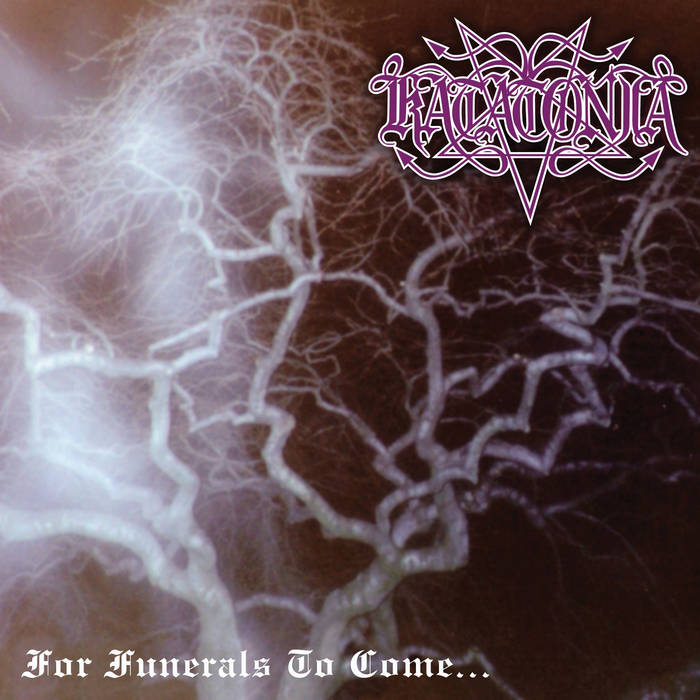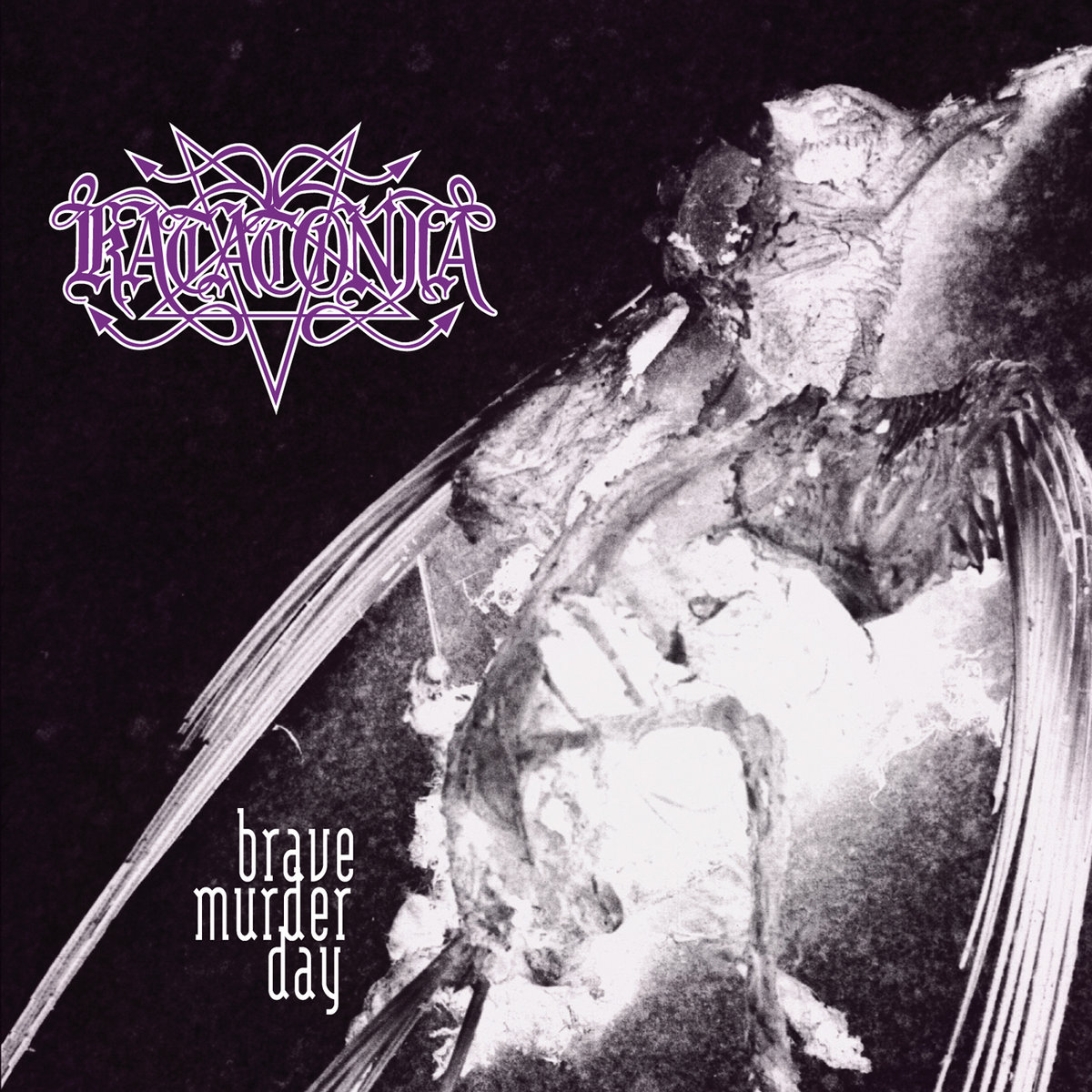Katatonia
Echoes of Silence, Shadows of Sorrow
In the bleak stillness of early '90s Scandinavia, a new kind of heaviness emerged, one not defined solely by brutality, but by despair. Katatonia, formed in Stockholm in 1991 by Jonas Renkse and Anders Nyström, stood at the vanguard of this shift. Where many of their contemporaries in the Swedish scene sought extremity through violence, Katatonia conjured atmospheres of overwhelming melancholy. Their early work blurred the lines between Death Metal, doom, and ambient minimalism, laying the foundation for an entirely new mode of emotional expression in extreme music.
Katatonia’s debut EP “Jhva Elohim Meth… The Revival” (1992) is a strange and beautiful beginning. Released independently, it showcased a band already disinterested in following trends. The EP is steeped in doom yet filtered through a haunting ethereality. Renkse’s early growls are submerged in reverb, sounding more like a voice from a dream than a frontman in a metal band. Nyström’s guitar work lingers in minor keys, often weaving delicate melodies between the crushing distortion. Even at this embryonic stage, the band radiated a sense of somber purpose.
If the EP was a murmur, “Dance of December Souls” (1993) was a full-throated elegy. Released via No Fashion Records and produced by Dan Swanö, the debut full-length remains one of the most powerful and mournful statements in Doom/Death history. Songs like “Gateways of Bereavement” and “Velvet Thorns (of Drynwhyl)” are vast, frostbitten landscapes, built from slow, funereal riffs and anchored by Renkse’s guttural vocals and despair-laden drumming. Interludes of clean guitars and atmospheric keys only heighten the sense of isolation.
Unlike the aggression of
contemporaries like Paradise Lost or My Dying Bride, Katatonia’s sorrow felt
internalized. This was not music about grand tragedy or biblical doom, it was
about personal erosion, about silence louder than screams.
Released in 1995, “For Funerals to Come…” served as both a continuation and a foreshadowing. The EP retains the oppressive melancholy of “Dance of December Souls”, but feels more subdued, more intimate. The songs are shorter, less prone to meandering, and filled with a nocturnal calm. There’s a shift here, one that hints at the withdrawal of Renkse from harsh vocals, a transition that would soon shape the band’s next phase. It is the sound of winter beginning to thaw, though the sun remains hidden.
Then came “Brave Murder Day” (1996), the album that redefined Katatonia, and, in many ways, redefined what Doom-influenced metal could be. With Renkse retreating to drums and clean vocal arrangements, the band recruited Mikael Åkerfeldt of Opeth to handle the harsh vocals. His deep, solemn growl lent the album a primal power, but the real revelation was in the music: repetitive, minimalist riffing inspired as much by post-punk and shoegaze as by death or doom. “Brave,” “Murder,” and “Day” unfold like mantras, emotionally numbing yet oddly transcendent. The starkness of “Brave Murder Day” marked a departure from the ornate compositions of their earlier work. Instead of layering sorrow, the band let it speak in droning cycles, sparse melodies, and near-ritualistic rhythms. It is a cold record, but not lifeless. Beneath its gray surface, a pulse beats steadily. Quietly, defiantly.
By 1998’s “Discouraged Ones”,
Renkse would return to the mic with clean vocals only, and Katatonia would
fully embrace a new, depressive rock identity. But that evolution, however
profound, belongs to another story. What remains of the early Katatonia era is
a body of work that did not just mourn, it reimagined mourning. The band took
metal’s rawest forms and infused them with introspection, atmosphere, and
fragility. They made solitude feel sacred. They gave silence a voice. And they
never looked back.





Comentários
Enviar um comentário